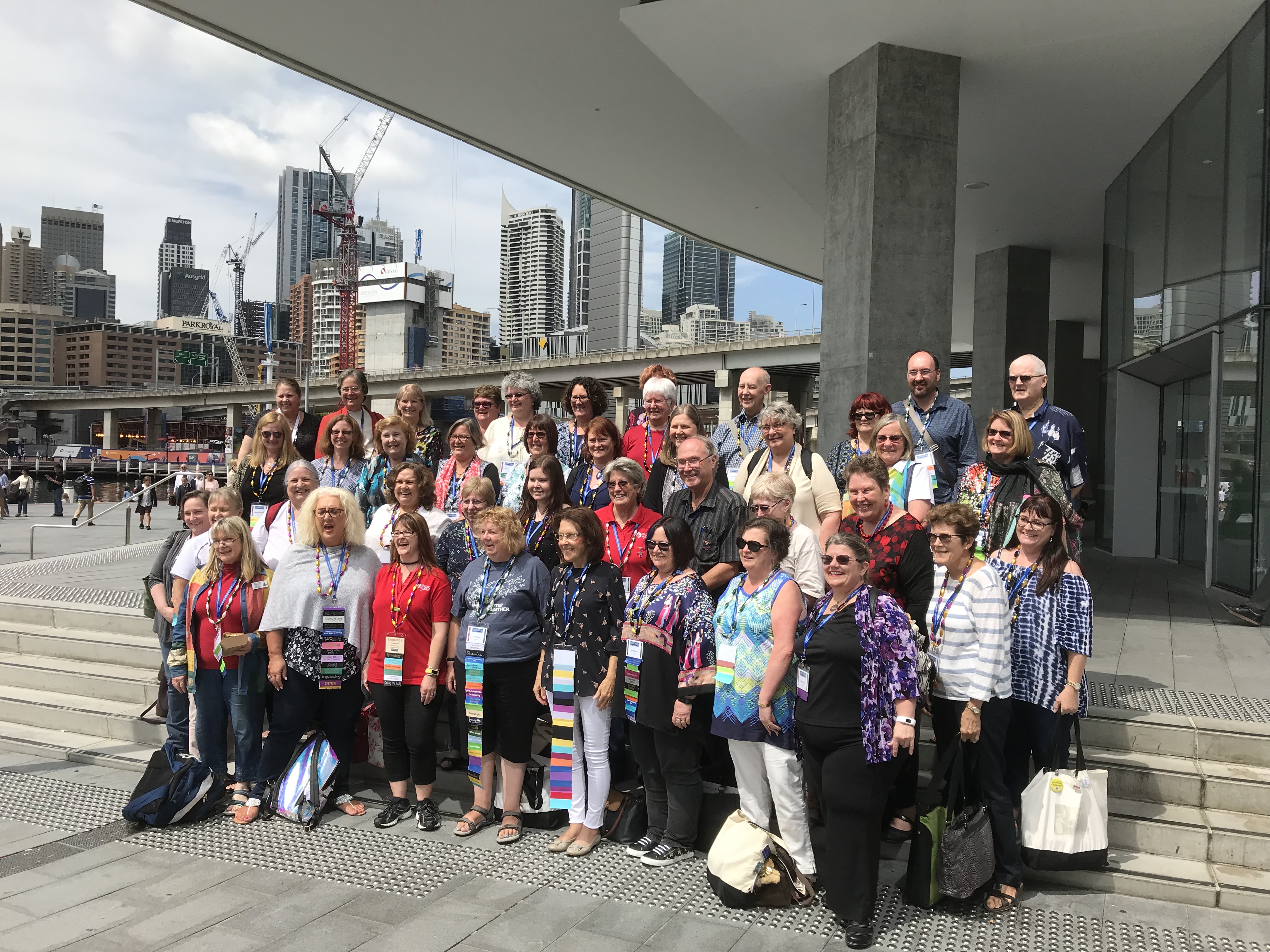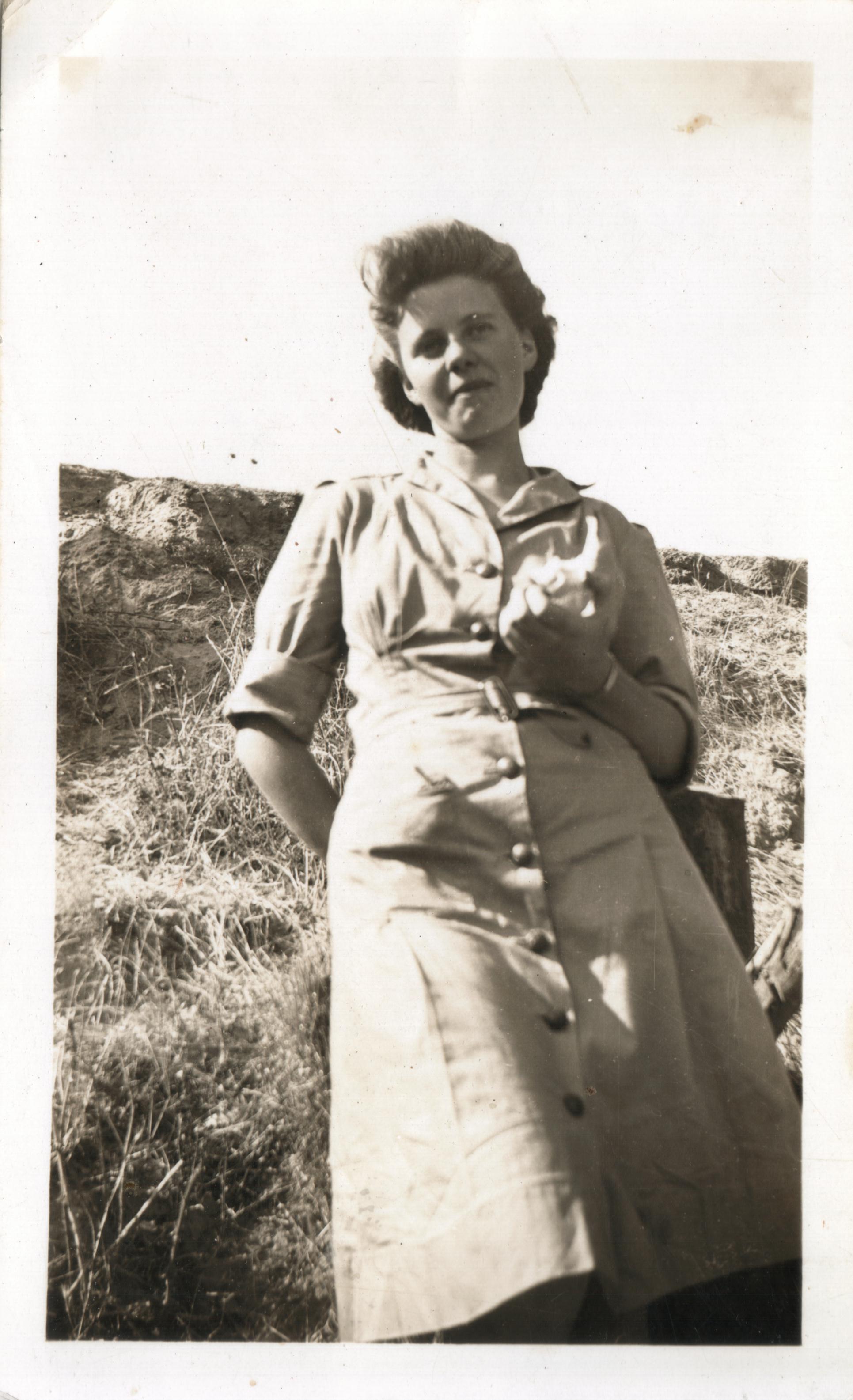The first golden trees of autumn welcomed us as we drove into Bacchus Marsh. We always say a break begins at the first stop out of the city limit and this historic apple growing town was a lovely place to shred the stress of the city. We chose a cafe with historic artifacts displayed throughout and ordered coffee and scones. Our destination was Ballarat and our goal was not only to enjoy the autumn beauty of regional Victoria but to continue Hunting Henrietta and her gold mining husband John Ward Forester.
The Ballarat Archives hold precious booty. I had arranged a meeting with Jenny, the Research Officer from the Ballarat Genealogical Society Inc. Jenny is very skilled and had managed to dig out materials on the Foresters and on Henrietta’s life after John’s death in 1879. Jenny talked about life in Alfredton and I came away with more colour in my vision of my great, great grandparents’ lives in the 1870s to 1890s. Jenny had even uncovered Henrietta’s death date: I had yet another name ‘Netta’ to add to already long list!
![IMG_6539[1]](https://gvgenealogy.files.wordpress.com/2018/04/img_65391.jpg)
8 April 2018 Ballarat New Cemetery
The
Ballarat New Cemetery shone with the autumn colour in the sunshine. We had four graves to locate: three for my research and one for a friend. We looked for the grave of Alfred Bock (1), a former publican at The Park Hotel in Sturt Street, Alfredton. There was evidence of a gravestone in days past. We had to imagine the names of Alfred and his wife, Sarah in stone letters.
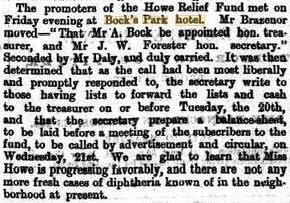
19 May 1873 The Ballarat Star p 2 John Ward Forester and Alfred Bock work together on a charity committee meeting at The Park Hotel
The Bocks are not related but they appear to have had a close association with the Foresters who either lived at or next to The Park Hotel from around 1872. Henrietta married Alfred’s son, Charles Bock, in 1880, the year after John’s death. We found Charles’ grave (2) and wondered whether the space at the bottom of the plaque had been intended for Henrietta.
The search for John Ward Forester’s grave (3) was easier as we had received a list of names on surrounding graves from the cemetery in a reply to an email query. In 1879 a funeral procession organised by the The Ballarat Licensed Victuallers Association travelled from the Ballarat and District Hospital to the cemetery (4). I expect Arthur Bock played a major role in the organisation of John’s funeral.
![IMG_6538[1]](https://gvgenealogy.files.wordpress.com/2018/04/img_65381.jpg)
8 April 2018 Ballarat New Cemetery Gum leaves mark the approximate location of John Ward Forester’s grave.
There was nothing to mark the grave so I collected some gum leaves to mark the area and left John to rest peacefully miles from other family members. Two of his children who died as infants rest in cemeteries near the goldfields John mined: Eugene died at Mosquito Flat and Eugenia at Majorca.
We sought Craig’s Royal Hotel to seek out a more recent location in our family history. My father had stayed there on business trips for D & W Murray Ltd. After WW2 his previous employer welcomed his return. One of his runs was driving to Ballarat and visit the company’s clients.
![IMG_6522[1]](https://gvgenealogy.files.wordpress.com/2018/04/img_65221.jpg)
8 April 2018 Craig’s Royal Hotel, Ballarat
On our first evening in Ballarat we sat around the BBQ chatting with travellers from Queensland. We talked about how different this mild weather was from previous visits to Ballarat when the weather had been cold and icy.
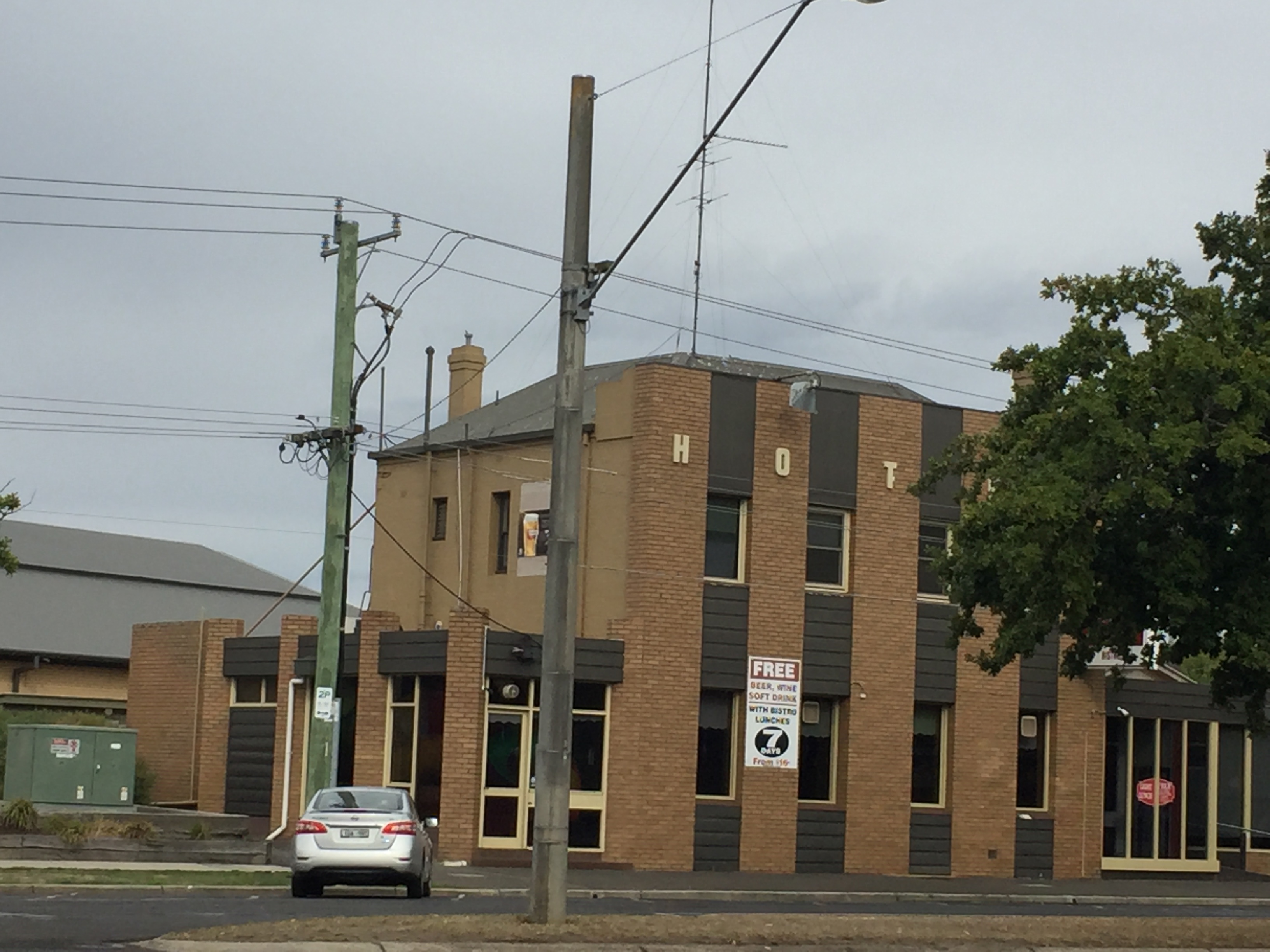
The Park 2018. The first Park Hotel was a timber building.
On our second and last evening we had a special destination for dinner: The Park (Hotel). The hotel has had several renovations and there is now no hint of the wooden building that stood on the site in the Forester and Bock’s time. The side view reveals an older brick building behind the current facade. It was great to speak briefly with the current owner, Jason, and to hear he was interested in the history of the hotel.
![IMG_6553[1]](https://gvgenealogy.files.wordpress.com/2018/04/img_65531.jpg)
Ballarat Gardens
On our last morning we walked from Alfredton to the Botanic gardens. This was perhaps the walk John & Henrietta’s eldest child, John Ward Midford Forester, took to work. The family stories tell of his job in the gardens. Jenny pointed out the addresses of people associated with the gardens in the Alfredton area. Perhaps they drank at the hotel and Alfred Bock asked if they could give the young man a job. I looked at the big trees and wondered if my great grandfather saw these trees in his time.
We set off for home with a greater sense of the Forester family’s time in Ballarat. My gold was more data and more references to pursue. We had enjoyed this beautiful regional centre as it is today as well as exploring it’s past. There was one more current day task to take care of before returning to Melbourne: find out if the French Bakery in Creswick was open!
(1) CoE B, section 08, Grave 48, Ballarat New Cemetery, Victoria, Australia
(2) CoE C, section 01, Grave 23, Ballarat New Cemetery, Victoria, Australia
(3) CoE A, section 06, Grave 32, Ballarat New Cemetery, Victoria, Australia
(4) Funeral Notices The Ballarat Courier 24 July 1879 p3


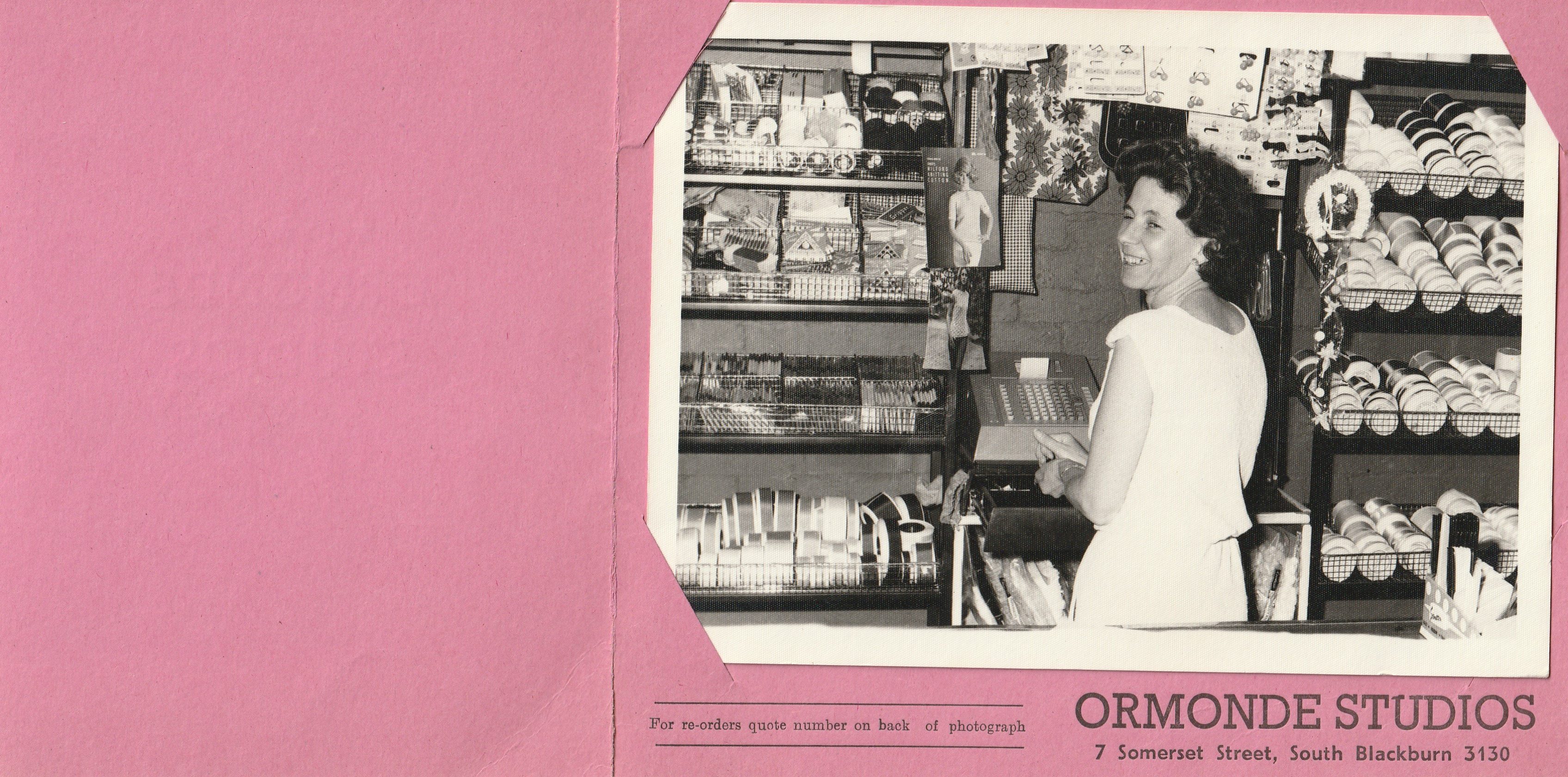


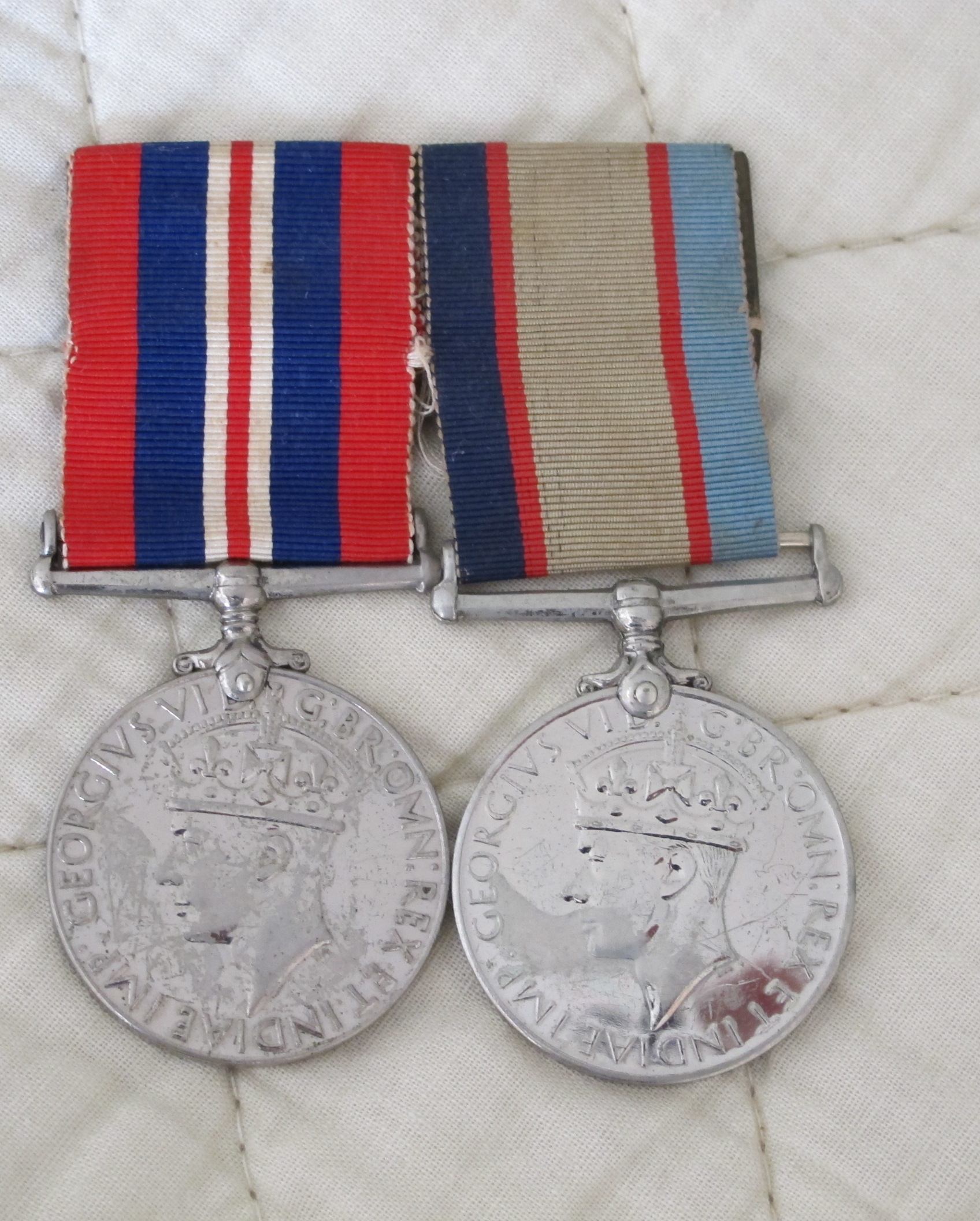
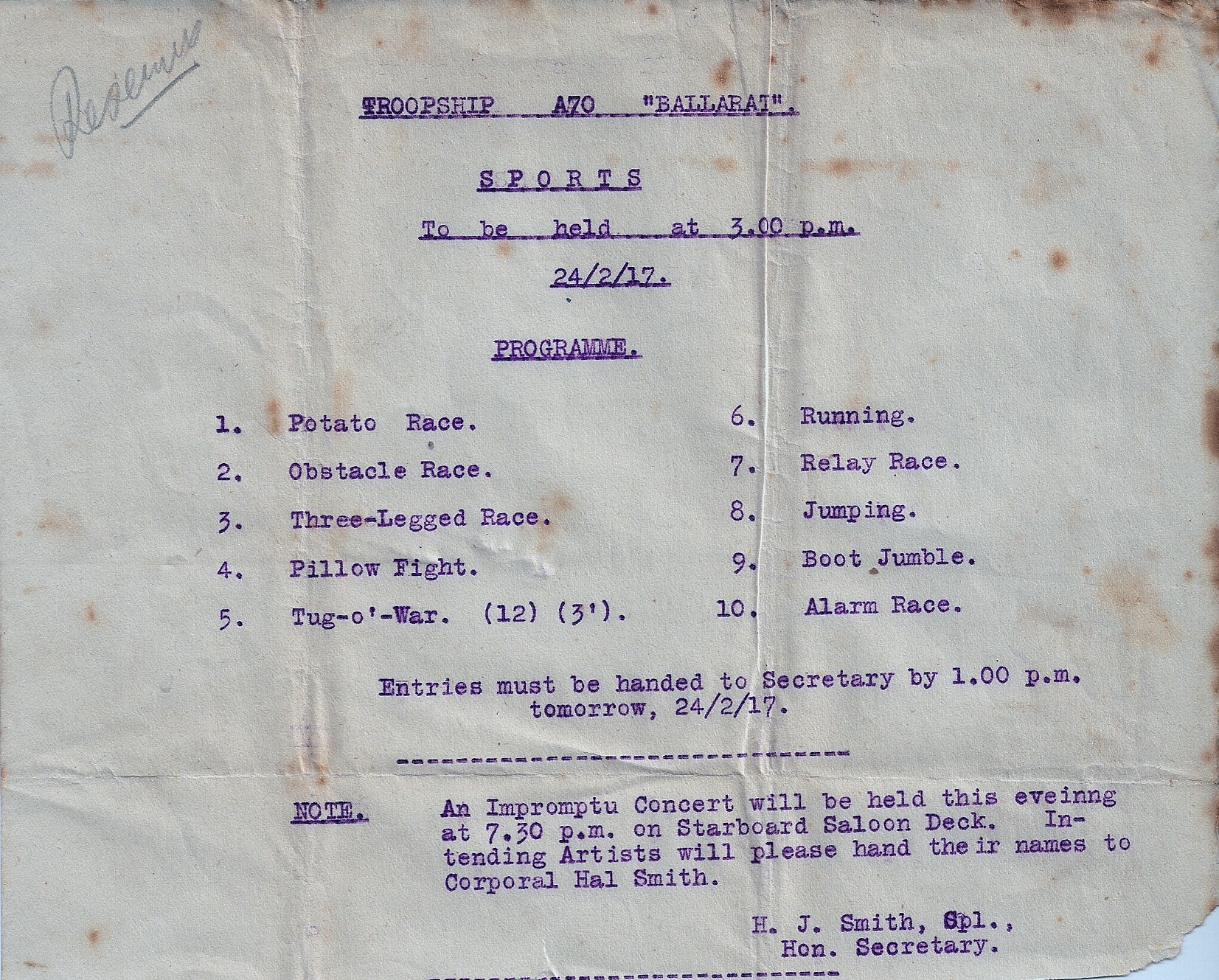 Fossicking through old family files brought forth some unexpected discoveries. An example is this leaflet from the HMAT Ballarat in WWI. The leaflet lists a program of events for 24 February 1917. It is one of several leaflets demonstrating my grandfather, Corporal Hal Smith, had been involved in organising concerts and sports events for soldiers on board the ship. His sense of fun shows through.
Fossicking through old family files brought forth some unexpected discoveries. An example is this leaflet from the HMAT Ballarat in WWI. The leaflet lists a program of events for 24 February 1917. It is one of several leaflets demonstrating my grandfather, Corporal Hal Smith, had been involved in organising concerts and sports events for soldiers on board the ship. His sense of fun shows through.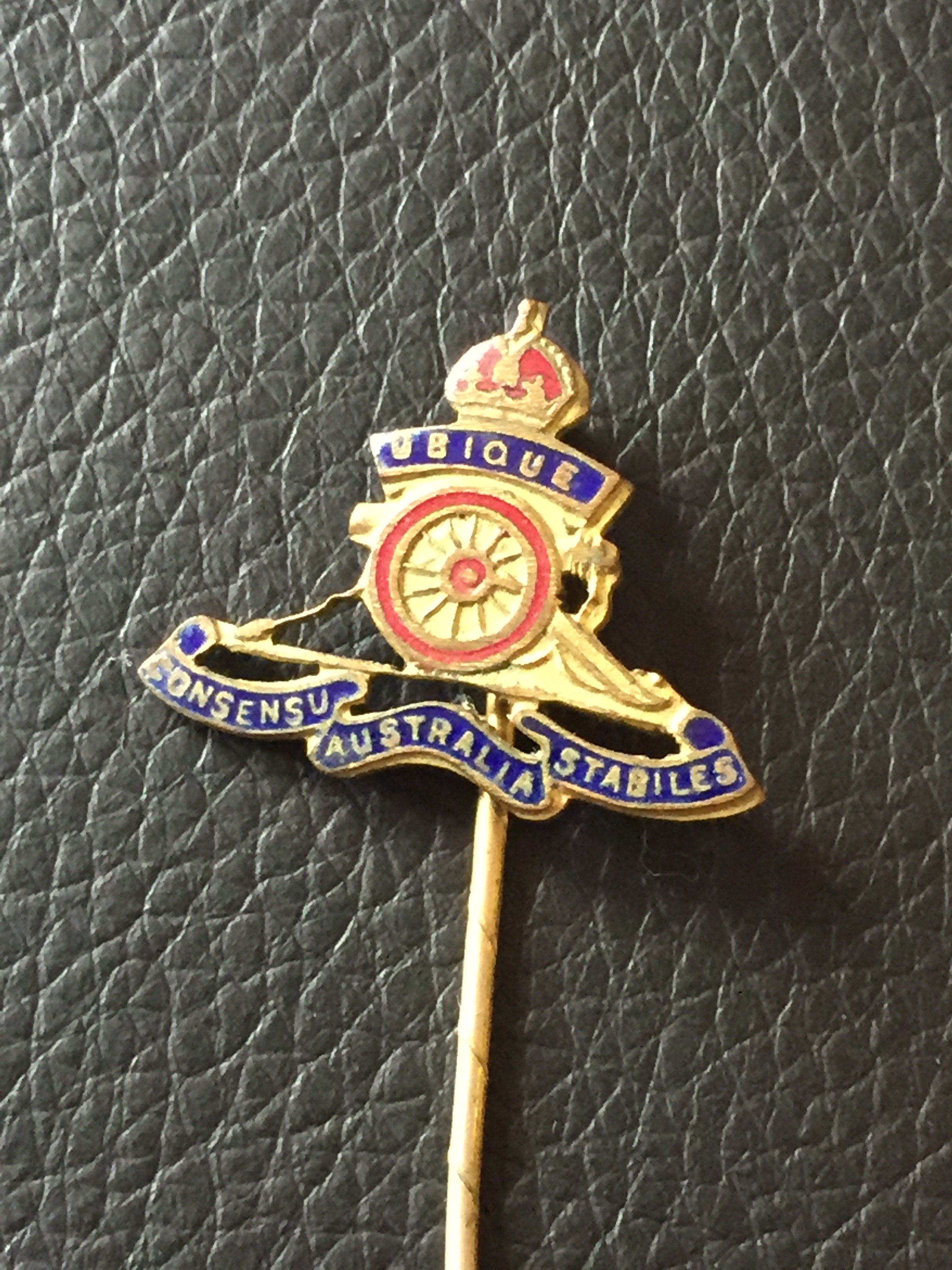
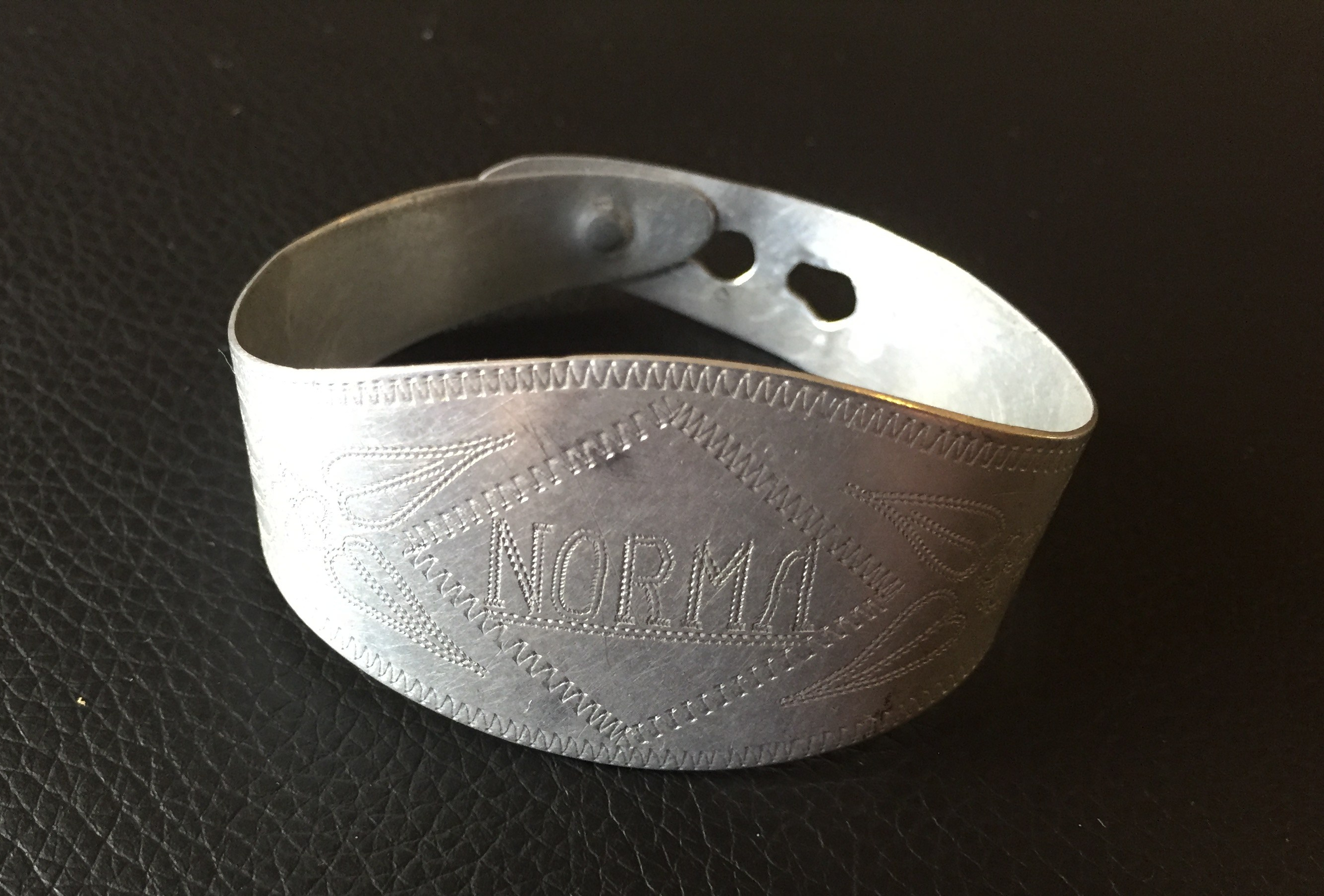 A plane was brought down in New Guinea, near where my father was stationed in WWII. A member of the artillery began to make items out of the metal from the plane or shells. My father had a bracelet made for my mother.
A plane was brought down in New Guinea, near where my father was stationed in WWII. A member of the artillery began to make items out of the metal from the plane or shells. My father had a bracelet made for my mother.

![IMG_7662[1]](https://gvgenealogy.files.wordpress.com/2018/11/img_76621.jpg)
![IMG_7591[1]](https://gvgenealogy.files.wordpress.com/2018/11/img_75911.jpg)


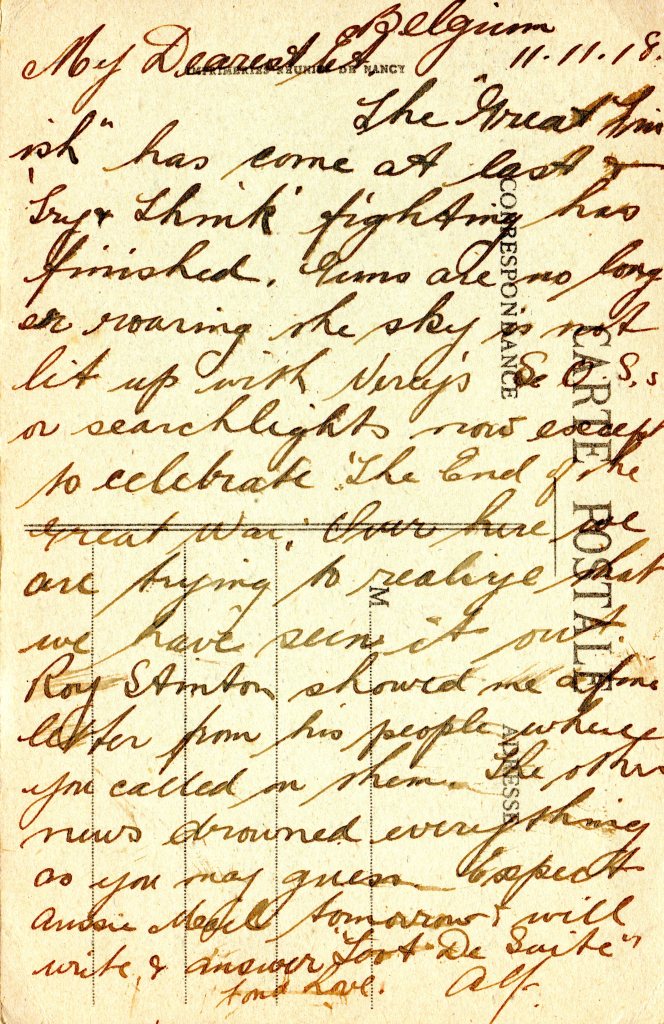


![IMG_6539[1]](https://gvgenealogy.files.wordpress.com/2018/04/img_65391.jpg)

![IMG_6538[1]](https://gvgenealogy.files.wordpress.com/2018/04/img_65381.jpg)
![IMG_6522[1]](https://gvgenealogy.files.wordpress.com/2018/04/img_65221.jpg)

![IMG_6553[1]](https://gvgenealogy.files.wordpress.com/2018/04/img_65531.jpg)
![IMG_6408[1]](https://gvgenealogy.files.wordpress.com/2018/03/img_64081.jpg)
![IMG_6407[1]](https://gvgenealogy.files.wordpress.com/2018/03/img_64071.jpg)
![IMG_6411[1]](https://gvgenealogy.files.wordpress.com/2018/03/img_64111.jpg)
![IMG_6415[1]](https://gvgenealogy.files.wordpress.com/2018/03/img_64151.jpg)
